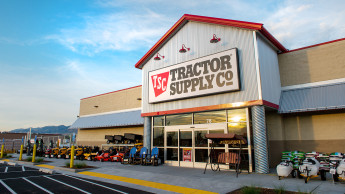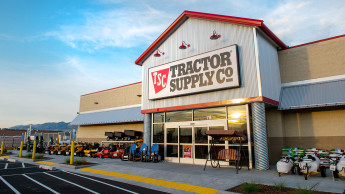Obviously, Home Depot heads the list with more than USD 108 bn in annual sales, followed by Lowe's, the second largest home centre chain. Who are the other three firms and what are they like?
Tractor Supply is a chain whose products include a wide range of tools, hardware and a smattering of paint, plus other products and management says it serves recreational farmers and others seeking a rural lifestyle. It operates 1 775 stores. It does not carry any building materials, but with its wide assortment of basic hardgood items, its data should prove of interest.
The other two chains, Builders First Source and HD Supply, cater primarily to professional customers such as contractors and builders, but they also sell to some degree to DIY consumers. Both are very heavily involved in the sale of building materials.
Builders First Source operates 401 units, while HD Supply, which describes itself as an industrial distributor, has 270.
Lowe's has been opening stores in the last few years at a much greater pace than Home Depot. Thus today, Lowe's has nearly as many stores as Home Depot, but its sales per store seriously lag the performance of Depot. With Home Depot's 2 287 stores, its average sales-per-store is approximately USD 47 mio. This compares to USD 32 mio approximately for Lowe's 2 200+ stores.In looking at estimated sales-per-employee, similar leadership is shown by Home Depot with approximately USD 270 000 compared to USD 232 000 for Lowe's.
Perhaps the most interesting comparison is the net profit percentage of the five firms, with Home Depot amassing an astonishing 10.3 per cent. Lowe's, whose profit suffered a 32.9 per cent decline in 2018, had a 3.2 per cent overall profit. The other three chains had varying degrees of profitability.











